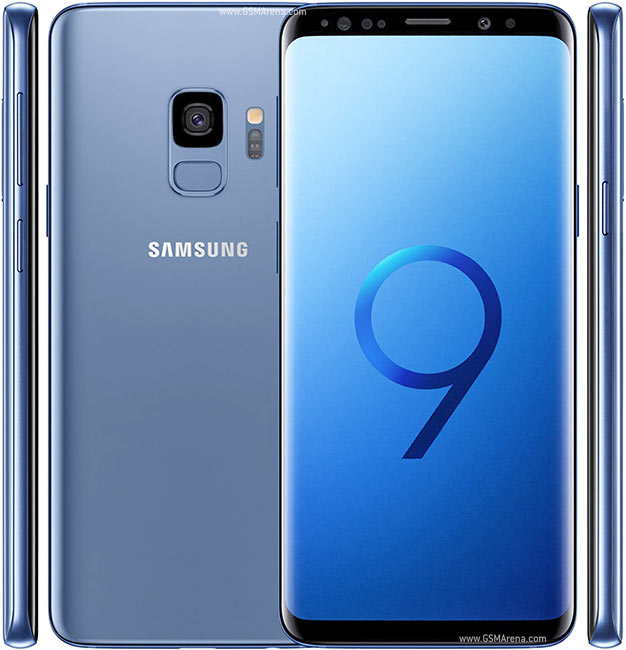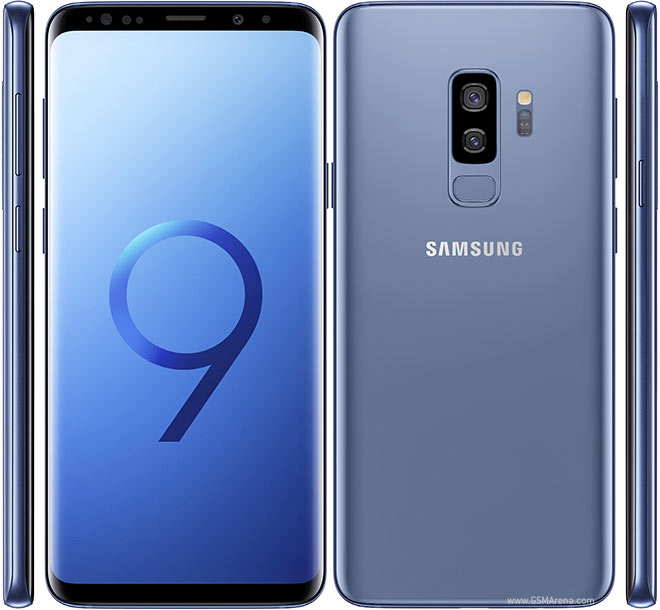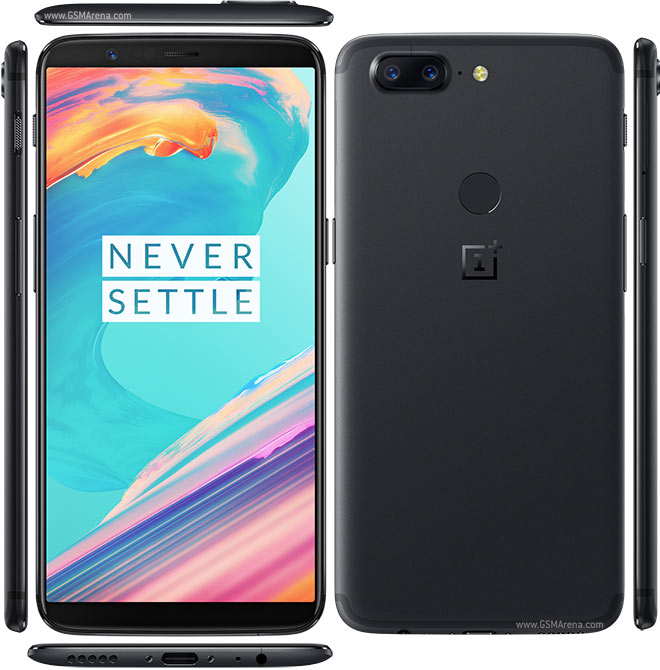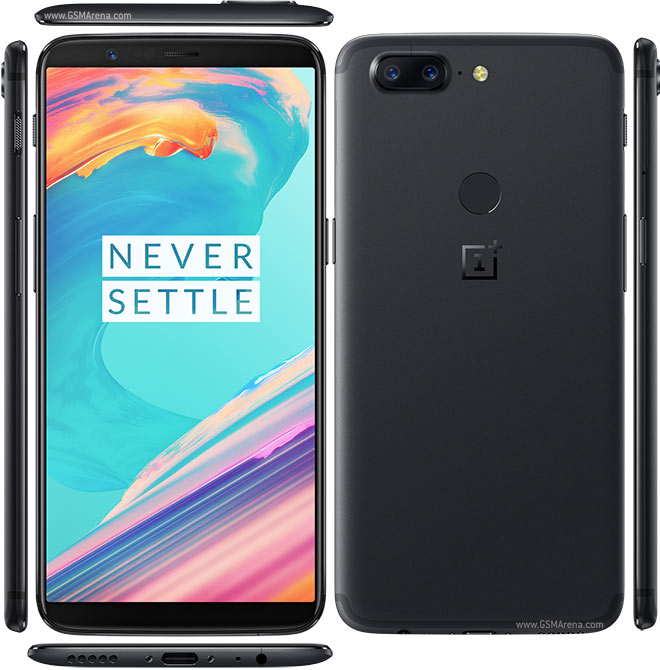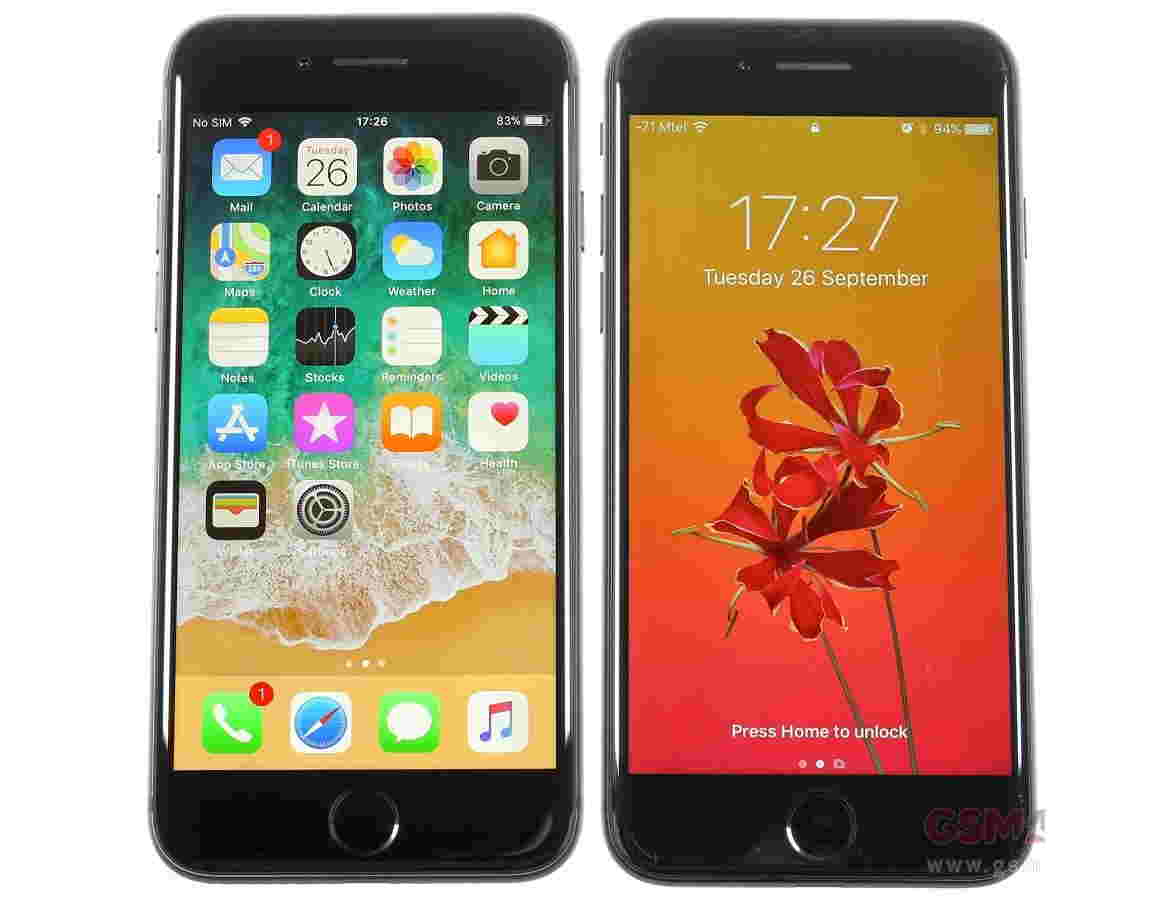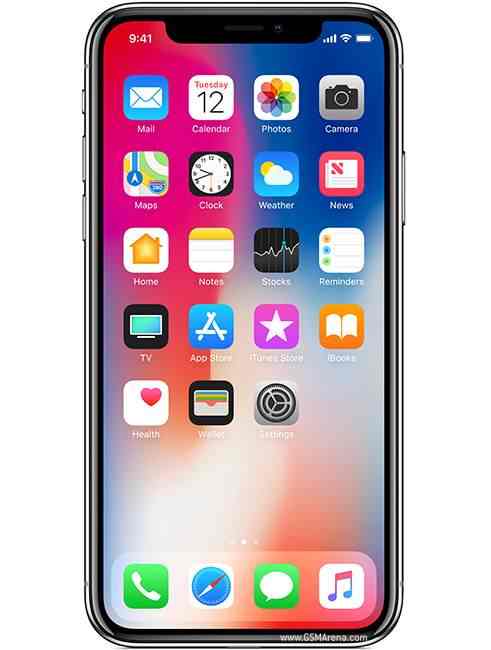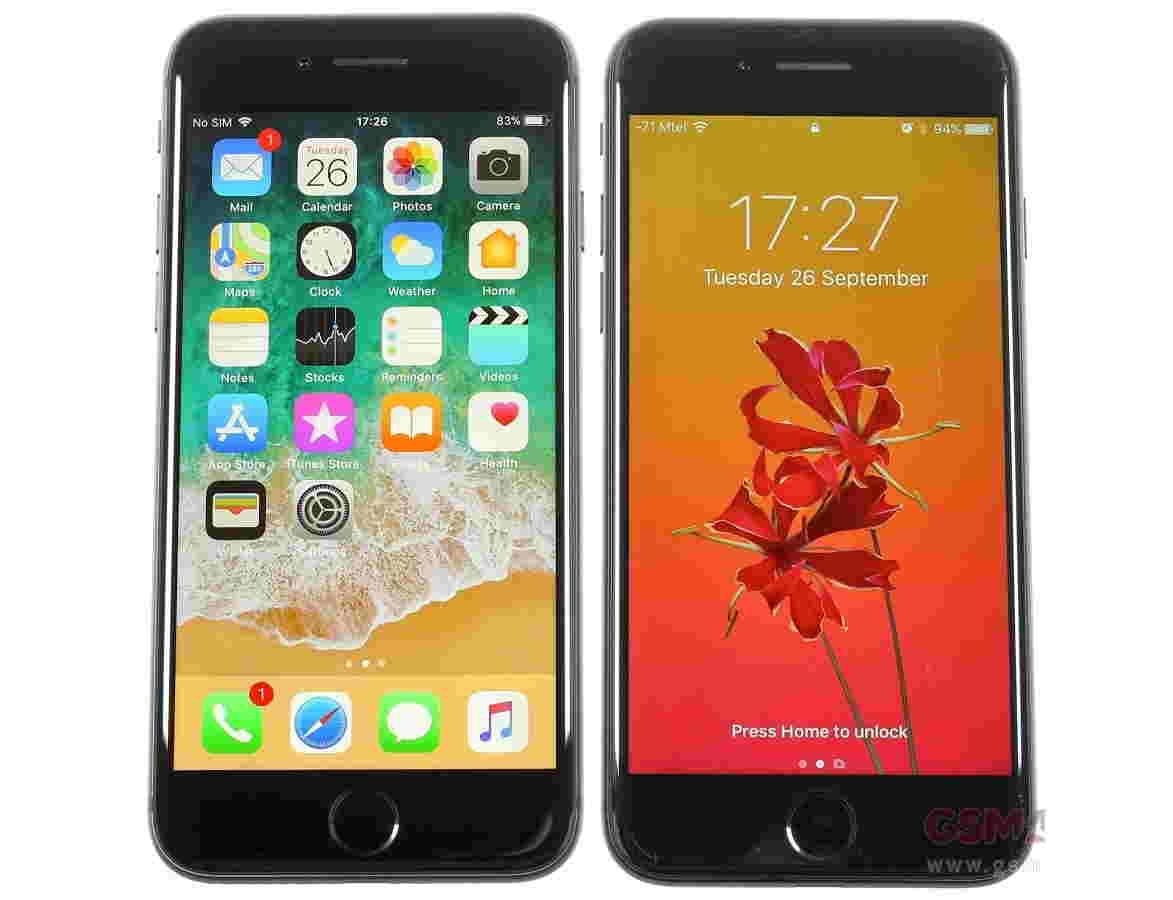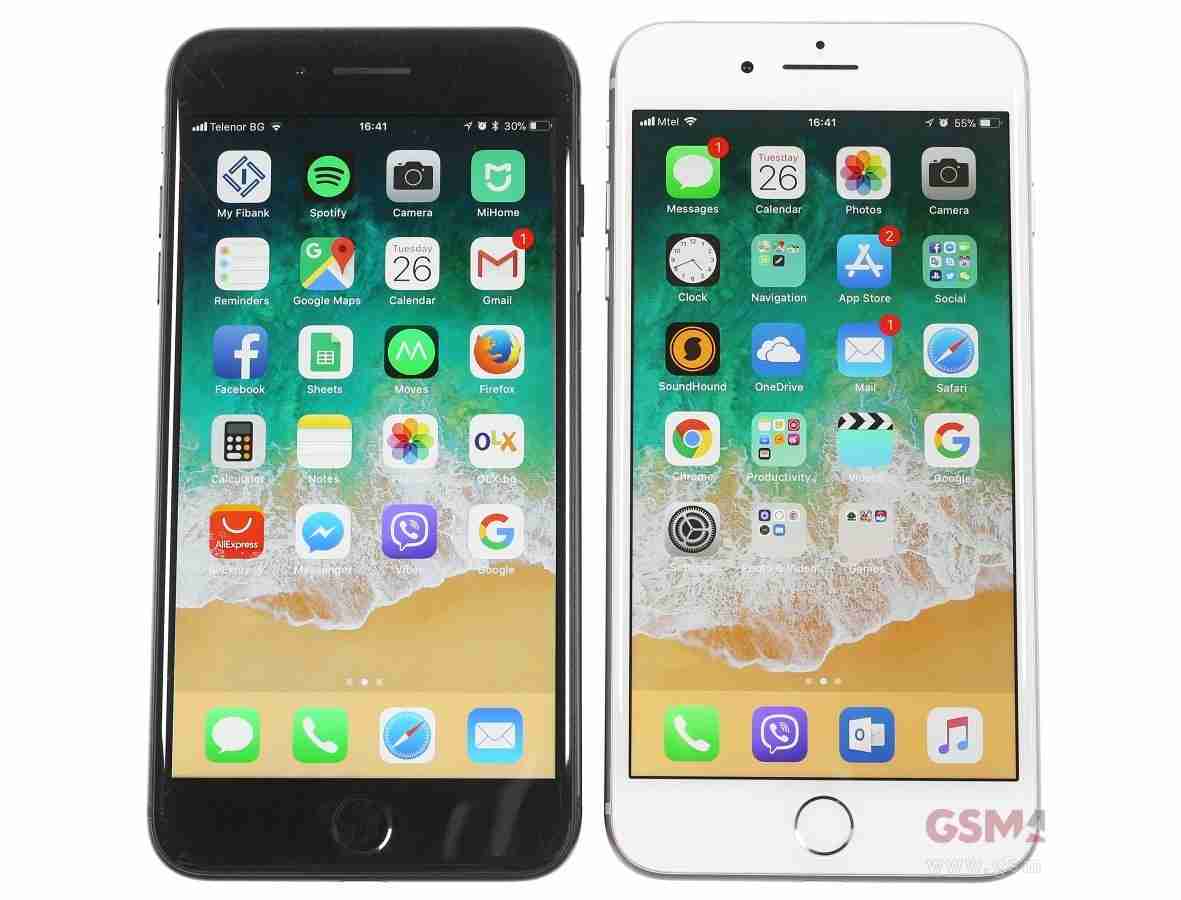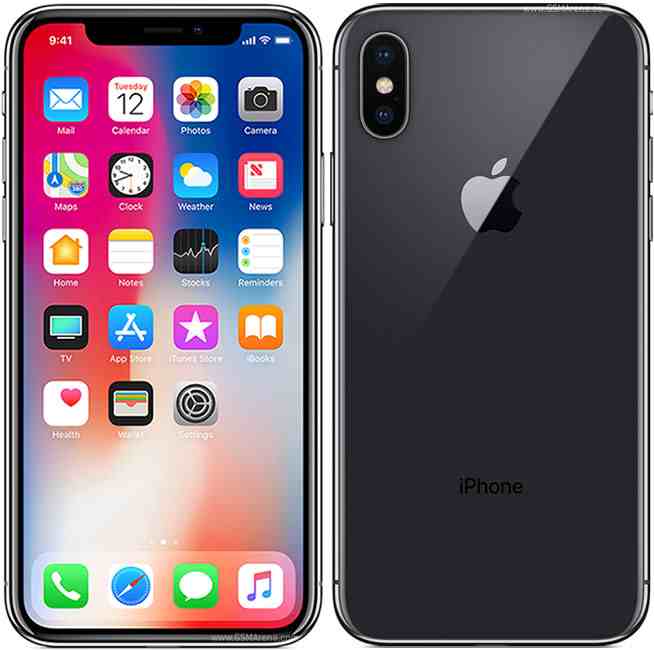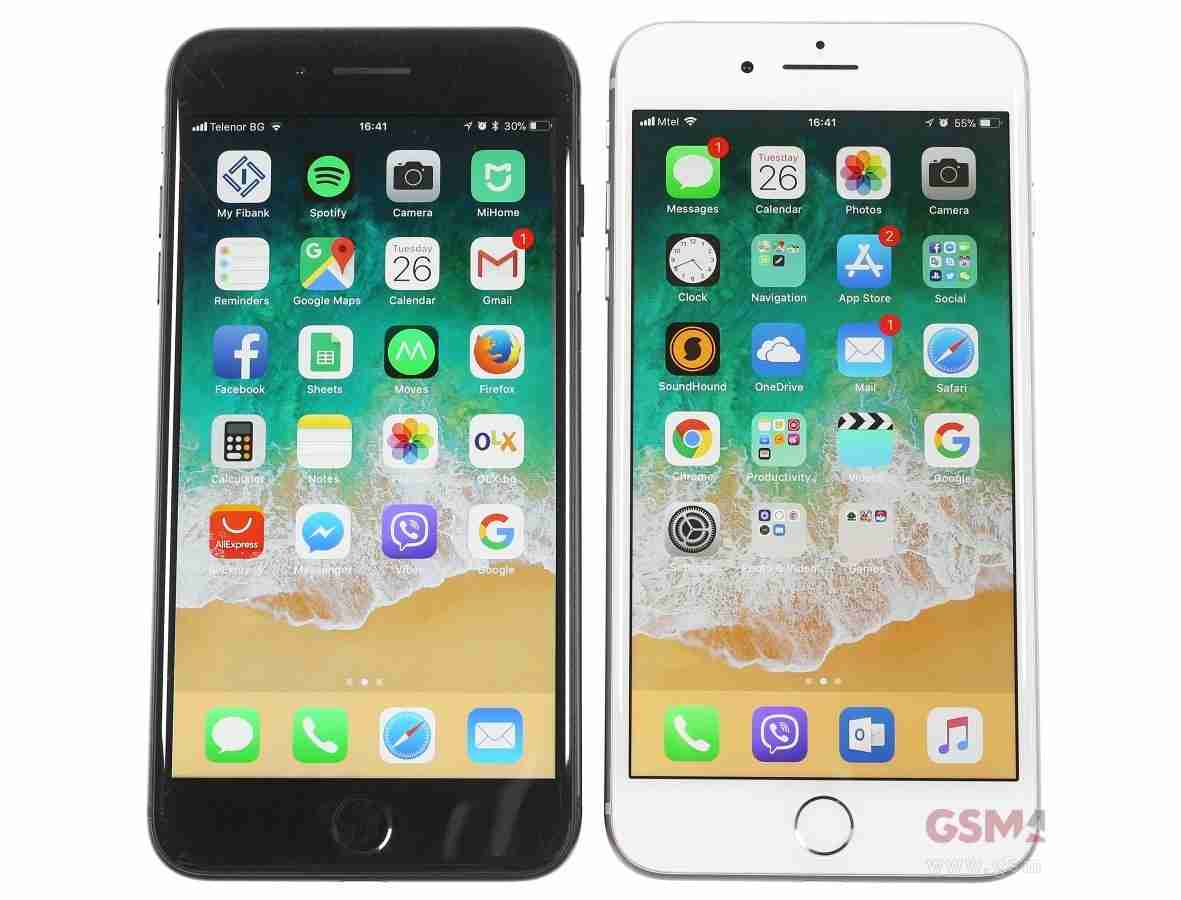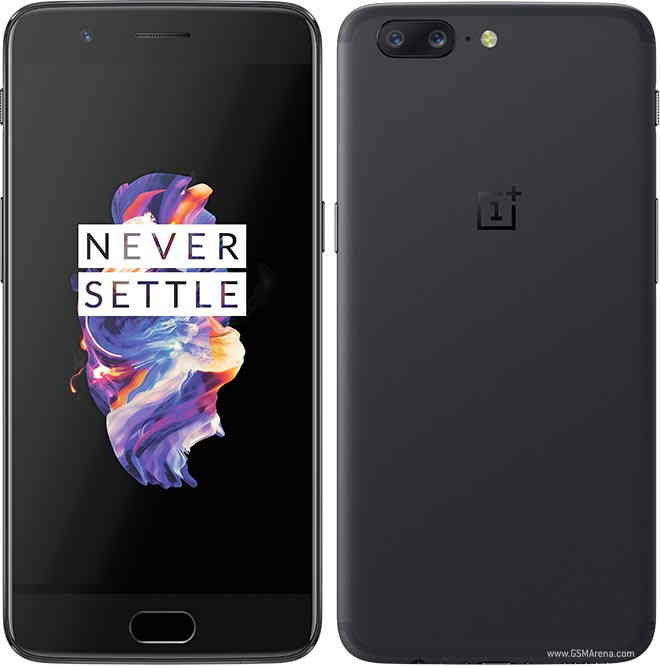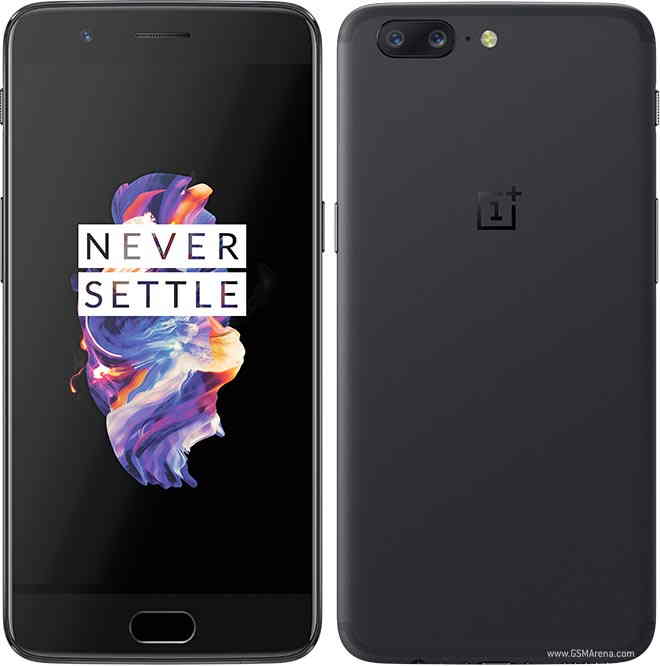Price: 16GB �459 inc VAT; 32GB �499 inc VAT
Rating: 9

The iPhone 5S is still very much part of Apple's smartphone lineup along with the iPhone 6, 6 Plus and the plastic iPhone 5C, reviewed. This means it should be on your shortlist if you're after a new phone right now. Here's our iPhone 5S review, updated from the original which was written in September 2013.
Currently, it's available in 16GB or 32GB capacities and in Space Grey, Silver or Gold. The 16GB models cost £459, while the 32GB versions are £499. This is cheaper than the original prices of £549 and £629 respectively. The 64GB version - no longer on sale - cost £709 but you can still find used and refurbished models on ebay and other sites.
iPhone 5S review: living with the 5S long term
We've had our 5S for 16 months, which is more than enough time to accurately see its strengths and weaknesses. Fortunately, any downsides are more than outweighed by benefits and the 5S is still a truly great smartphone.
Screen sizes have moved on quickly from the 4in display bestowed upon the iPhone 5S and it now feels dinky compared to even the 4.7in iPhone 6 let alone the gargantuan 6 Plus with its 5.5in screen. However, not everyone wants a huge smartphone and the 5S slips into a pocket with ease.
It's also supremely well built and surprisingly light considering that sturdy build quality. The screen may be small but it still competes with the best in terms of quality. There's really no need for any more pixels since at 326ppi, you can't see the individual dots anyway.
We've also no issue whatsoever with performance. Apps still run as quick as ever, even under iOS 8, and since the A7 processor is a 64-bit chip, it should be able to run all new apps with no problems. The same may not be true for the iPhone 5C which has a 32-bit processor.
You won't feel as if you're missing out on the new features in the iPhone 6 and 6 Plus either as the 5S has the useful TouchID sensor for unlocking the phone and making purchases with your finger. It doesn't have NFC (but you can't use it yet in the new iPhones) and it doesn't support 802.11ac Wi-Fi. Again, that's not going to be an issue since 802.11n is perfectly fast enough for most people. The 5S supports 4G, so if you do want fast mobile data, you can have it.
iPhone 5S review: design
Just as the iPhone 4S was almost indistinguishable from the iPhone 4, the 5S has only its rather understated golden finish and TouchID to differentiate it from the iPhone 5. The similarities are largely superficial, though. See also: Apple iPhone 5S vs iPhone 5 comparison review: What's the new iPhone got?
The iPhone 5S's dimensions are 123.8x58.6x7.6mm, and it weighs just 112g. If that sounds familiar, it's because the iPhone 5 has exactly the same vital stats. See also: Best cases for the iPhone 5S
The 4in Retina display has the same 1136x640 resolution as the iPhone 5 (and 5C) and is a decent screen. However, compared to the larger, Full HD displays of the iPhone 5S’s rivals, the screen does feel cramped.
Wi-Fi and Bluetooth remain unchanged as well, so there’s no 802.11ac support in the 5S. Still, with 802.11n on board, it should still be quicker than your broadband connection. Support for more LTE bands means that you can roam on 4G in more places than you can with an iPhone 5.
See more details | FindTheBestiPhone 5S review: Touch ID
If you're upgrading from an older iPhone the first thing you notice about the iPhone 5S is its Home button. Apple has built a fingerprint scanner into the button, so you can unlock the phone in an instant by touching it. The scanner caused a huge amount of controversy just after the 5S's launch, but it fizzled out. There’s no denying that TouchID is a seriously convenient feature which is more secure than the four-digit passcode most iPhone owners use.
You can register up to five fingers, and set restrictions based on the fingerprint. This is handy as it means you could, for example, register your child's finger and disable access to the App Store and Safari as well as set age-appropriate limits on music, TV shows and films. It still falls short of proper user profiles, but it's one step in the right direction. Each stored fingerprint can have an attached name so you remember whose is whose.
Using Touch ID doesn't preclude using a passcode. In fact, you need to set up a passcode in order to use Touch ID, and enter it before registering a new fingerprint.
 Touch ID isn't only for unlocking the 5S: you can also use your finger instead of your Apple ID password. When you purchase an app, for example, you'll be prompted to touch the scanner. This is an option you can disable in the settings, though, restricting fingers to unlocking the iPhone only.
Touch ID isn't only for unlocking the 5S: you can also use your finger instead of your Apple ID password. When you purchase an app, for example, you'll be prompted to touch the scanner. This is an option you can disable in the settings, though, restricting fingers to unlocking the iPhone only.
iPhone 5S review: storage,processor and performance
The iPhone 5S has a 64-bit A7 processor which is partly to thank for the existence of the fingerprint reader. It’s remarkably fast and means there’s no delay in reading your finger and unlocking the phone.
The A7 also makes iOS buttery smooth. There’s no judder or stuttering when swiping between home screens, or exiting an app and watching your icons fly into place. Apps launch and web pages load without delay: the iPhone 5S is simply a joy to use.
The A7 also has a motion co-processor – the M7 – which is used by fitness apps, including Apple's own Health app. It means the 5S can replace the likes of a Fitbit Flex or Withings Pulse.
 Our benchmarks show just how much quicker the new A7 chip makes the 5S. In SunSpider 1.0, the 5S completed the test in just 417ms. The iPhone 5 (running iOS 7), meanwhile, took 721ms, and the Samsung Galaxy S4 922ms.
Our benchmarks show just how much quicker the new A7 chip makes the 5S. In SunSpider 1.0, the 5S completed the test in just 417ms. The iPhone 5 (running iOS 7), meanwhile, took 721ms, and the Samsung Galaxy S4 922ms.
Similar gains were found in Geekbench 3, with the iPhone 5 scoring 721 points, and the 5S managing 1,076. Running GLBenchmark 2.7 (Egypt HD), the iPhone 5S managed 53fps, compared to the iPhone 5’s 41fps. However, a bigger difference can be seen using the T-Rex HD test, where the 5S scored 37fps versus the 5’s 14fps. That’s more than twice the performance.
See also: What's the fastest smartphone?
iPhone 5S review: battery life
The 5S has a 5.92Wh battery, which if you care about details is 8.6 percent more capacity than the iPhone 5. As ever, it's a built-in, non-swappable lithium-ion battery. Apple says the iPhone 5S will last for up to 250 hours on standby, and 10 hours of talk time. Web surfing is 8 hours on 3G, and 10 hours on LTE and Wi-Fi. Apple claims 10 hours for video playback and 40 hours audio playback, for the iPhone 5S.
Such figures are usually taken with a pinch of salt, but Apple's claims are typically close to the mark. In our video-looping test, the 5S lasted an impressive 11 hours, which compares well with an iPhone 5 (running iOS 7) which managed just shy of nine-and-three-quarter hours, and a Samsung Galaxy S4 which could manage only seven hours.
As we always say, your mileage will vary depending on how you use your phone. You should get a day's use out of the 5S with no worries about saving power, but constant 3G and 4G use will drain the battery much faster.
 iPhone 5S review: cameras
iPhone 5S review: cameras
The iPhone 5S has two cameras, a front-facing FaceTime camera and a rear-facing camera known as an iSight camera. The specifications work out as follows.
The iPhone 5S iSight camera has what Apple describes as a 'better 8Mp sensor', than either the iPhone 5 or the iPhone 5C. It lists the sensor as 8 megapixels with 1.5µ pixels. It has ƒ/2.2 aperture and a True Tone flash which has two LEDs, one of which is amber. The FaceTime Camera takes 1.2Mp photos at a resolution of 1280x960, and offers 720p HD video recording.
Importantly, the 5S no longer uses an upscaled 4Mp mode in very low light as the iPhone 5 does, and photos taken in dark conditions have much less noise. In good light, you won’t see a huge difference between images from the two iPhones, but at night, the 5S does a better job. To the untrained eye, photos are just as good as those from the iPhone 6 and 6 Plus. However, it can't keep up in low light, especially when the iPhone 6 Plus' optical stabilisation comes into play.
Here are two photos, the first from the iPhone 5, and the second from the 5S. The difference is subtle, but noticeable.
iPhone 5 low light

iPhone 5S low light

In good light, there's not much difference, until you look up close.

Below are 100 percent crops showing that the 5S resolves a little more detail than the 5:
iPhone 5

iPhone 5S

The A7 processor means there’s a new 10fps burst mode which should ensure you don’t miss the crucial moment in the action. Hold your finger on the shutter button and the 5S will keep taking 10 photos per second until you’ve taken a thousand!
For photos and videos, the 5S relies on the same electronic stabilisation as the 5. It does a decent job at reducing camera shake. One extra feature you'll find in the Camera app is slo-mo video. Here, the 5S shoots at 1280x720 (720p) and doubles the frame rate to 120fps. You can choose in the resulting clip where to drag the two sliders to apply the slo-mo effect. There's a smooth change in speed at those points as you can see in the example clips below.
The dual-LED flash delivers much better lighting than the iPhone 5’s single LED, giving more natural-looking results. Overall, the low-light improvements make the 5S a better proposition for taking photos when there isn’t much light.
In iOS 8, you also get a time-lapse mode which is great fun.
iPhone 5S review: software
The iPhone 5S now comes with iOS 8, and should be upgradeable to iOS 9 when it is released later on in 2015. For a more in-depth look at the iPhone 5S's interface and features see our iOS 8 review
FollowJim Martinand@PCAdvisoron Twitter and add Jim to your Google circles.
Buying Advice
Even more than a year after launch, the iPhone 5S is still a great choice. It's roughly �100 cheaper now to buy SIM free and has TouchID, a great camera and remains a solid performer. The 4in screen is cramped compared to the 5in (and bigger) rivals, but if you want a smaller smartphone, we can still recommend it.



